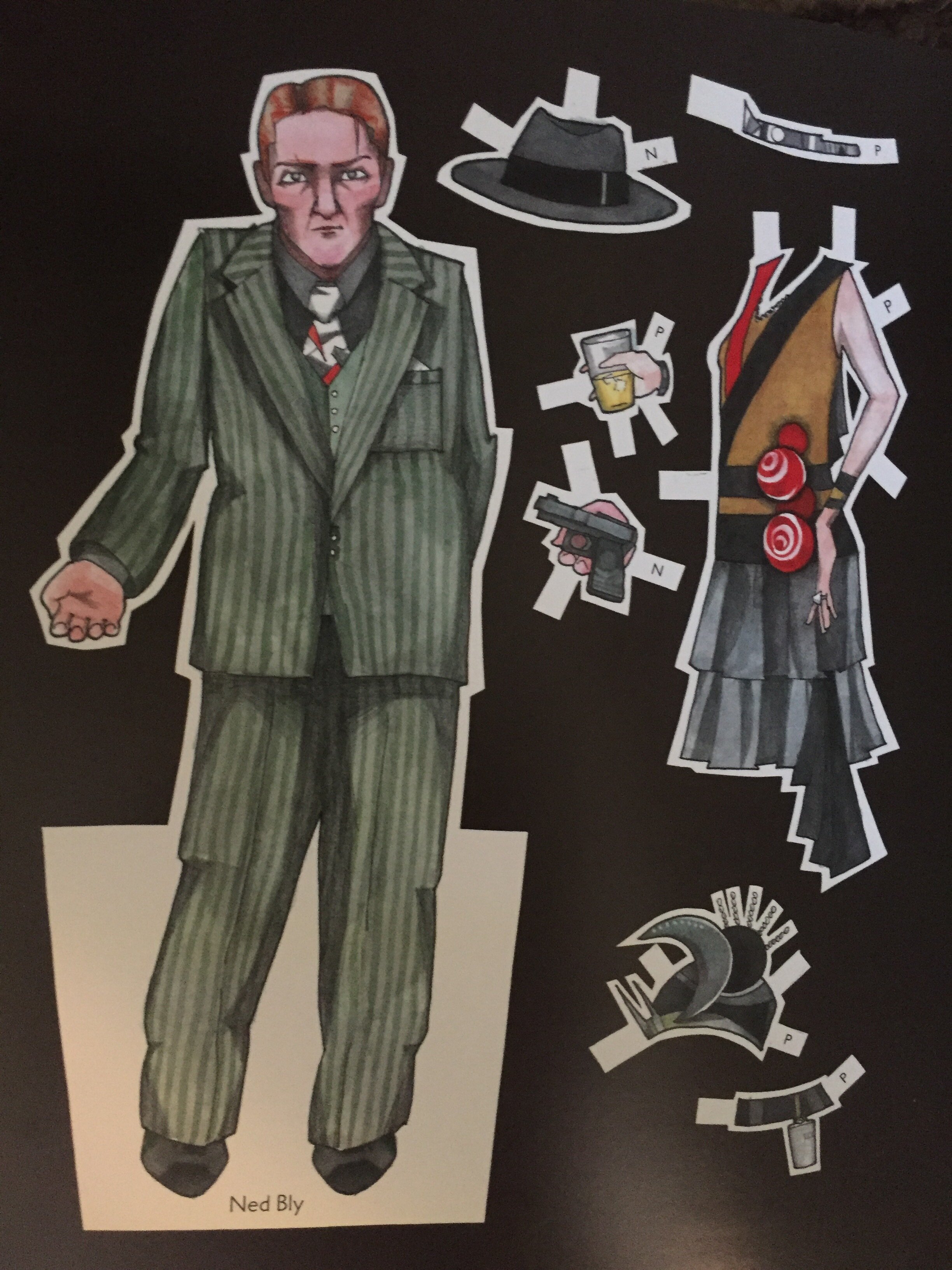Tracing History and Fashion through Paper Dolls
/Paper dolls aren’t just for children; serious collectors from across the globe come together routinely for paper doll conventions and parties, while institutions like the American Antiquarian Society and the Strong National Museum of Play collect paper dolls for their archives.
“Paper dolls are actually a unique look at social history and popular culture of the times,” explains Sheryl Jaeger, an ephemera dealer and appraiser based in Connecticut. Known as the paper doll maven, Jaeger has dealt in paper dolls for several years. She hadn’t set out to specialize in paper dolls but ended up acquiring boxes of them at an auction in 2003. She researched the paper doll market, organized the collection, and decided to “turn it into an opportunity.” Now, she handles paper dolls from many eras, even handmade ones.
Today, many collectors want to complete their collections. A paper doll might have originally been published with a number of accessories and outfits, but individual pieces, like hats, frequently go missing. Jaeger spotted an opportunity: “I started a line of business called ‘Collection Completers’ that offers individual hats, dolls, and dresses,” she explains.
Paper dolls served multiple purposes: an example from the early 1800s shows a man paper doll accessorized with different costumes. “It showed what people living on those continents were believed to look like at the time,” she explains. Additionally, some institutions collect paper dolls because they provide surprisingly accurate contemporary records of gender roles and women’s work. Paper dolls were also aspirational, gussied up in elegant clothing and draped with jewels, hats, and other trappings of luxury.
The Original Paper Doll Artists Guild (OPDAG) reports that versions of paper dolls have existed throughout history but that they believe the first mass-produced paper doll was “Little Fanny,” manufactured by S&J Fuller in London in 1810. But paper dolls have existed in some form for centuries, especially in places like Japan and Bali.
Some popular manufactured paper dolls are those from advertising campaigns from the late 19th and early 20th century. Much like premium baseball cards at the time, companies encouraged people to collect wrappers from commercially purchased products like coffee or flour that could be sent in for paper dolls.
Paper dolls also appeared in women and children’s magazines as visual tools for instruction on proper behavior. Miss Leslie’s Magazine, which later became Godey’s Lady’s Book, and even McCall’s Magazine all printed paper dolls through the 19th and 20th centuries. Paper dolls are still made today, though many are historical recreations printed by publishers like Dover Press.
Collectors buy, sell, and even make paper dolls at conventions held worldwide. The next Paper Doll Convention will be held in Milwaukee July 1-5 in 2020.
Elisa Shoenberger is a researcher and writer. She has published articles and essays at the Boston Globe, the Rumpus, Deadspin, Syfy, and other outlets. She is a regular contributor to Book Riot and is the co-editor and co-founder of The Antelope: A Journal of Oral History and Mayhem.














